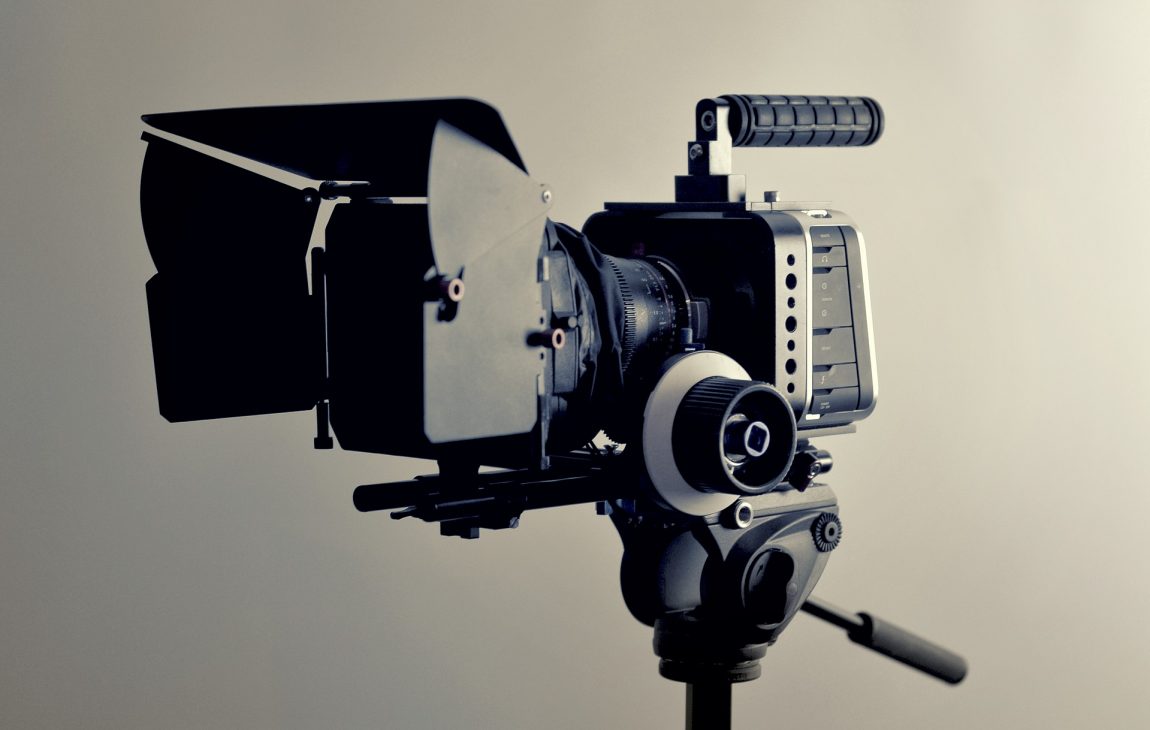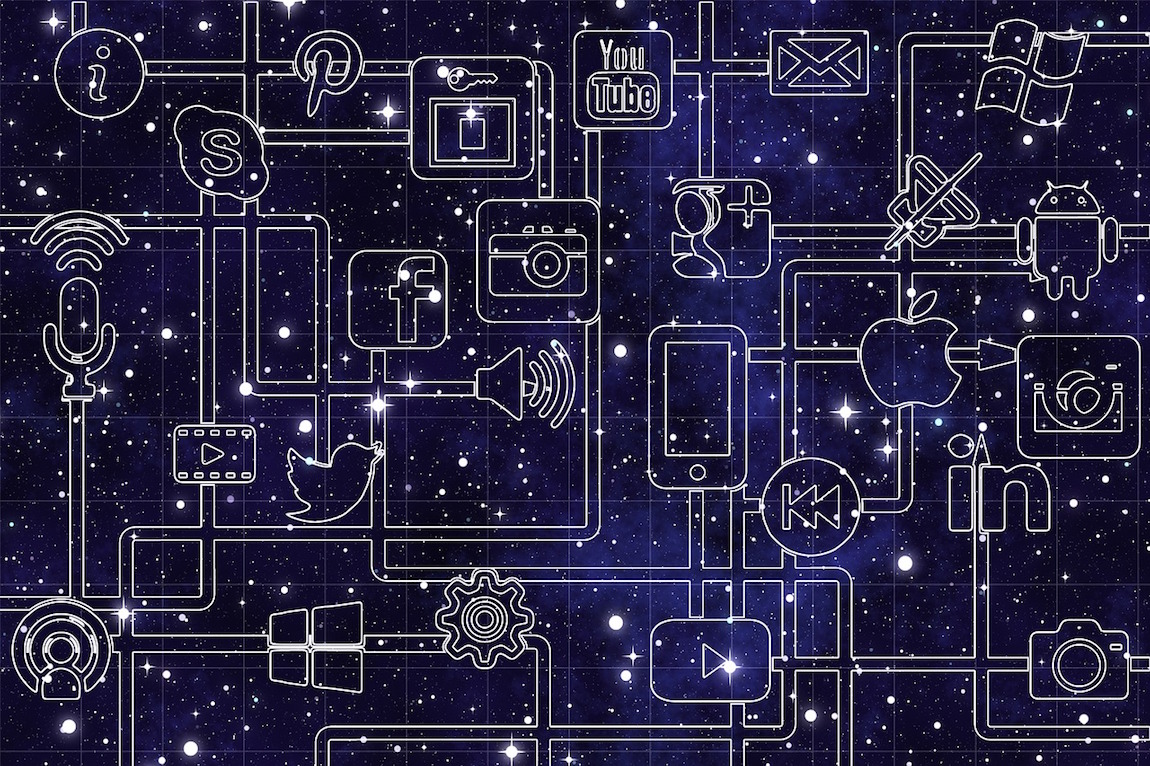by Emily Swet
 Marketing Videos for Manufacturers
Marketing Videos for Manufacturers
Video content is king these days, and the manufacturing industry is no exception. If you’re a manufacturer and have passed on the video spend, it might be time to rethink. A quick glance at the stats, and you’ll see why marketing videos for manufacturers are an important sales tool:
Lower-cost technology like drones, the GoPro, and the high-def filming options on digital SLR cameras make it possible for your marketing partner to produce video with much lower spend. But because video is now relatively simple to make, it’s easy to overlook the details that count. A well-crafted video can position your company as a trustworthy authority and become a lead-generation workhorse. In contrast, a poorly done video can have the reverse affect; looking like an amateur never helped a bottom line.
Before you sink any money into video, here are 3 things to consider:
- The Importance of a Well-written, Professional Voiceover. The narration of your video has an end game: persuasion. A good voiceover sets the mood, whether it be light-hearted, trustworthy, or authoritative, to move the viewer to action. Don’t leave that to the amateurs.
- Rich Visuals and Clean Edits. In other words, for a video to reach its potential, don’t use your smartphone. You don’t need Steven Spielberg, but you do need high-quality production to look professional and gain credibility. (You can use your smartphone for live video though).
- Music Selection. There’s a trove of good-quality, inexpensive stock music available these days. A seasoned ear can match up the right sound for you at very little cost.
What kind of videos work for manufacturers? Lots.
- Explainer Videos: These vids explain who you are and how you solve a problem. Tip: a simple animated short can simplify a complicated manufacturing process.
- The How To: The beauty of a how-to video is you can position yourself as a trustworthy industry resource, and feature your product or service at the same time without taking too much of a promotional tone.
- Facility Tours: Let your audience get to know your facility, and the people that work there. This gives your company credibility, humanity, and lives well on all the social networks.
- Products and Services: A succinct, digestible breakdown of your offerings is a great way to get in front of a busy decision maker, perhaps one that is a little further along on the sales cycle. Your salespeople can use these as a tool when trying to convert a lead.
- Customer Case Studies: A strong case study is the proof of your value. Video gives more depth to your case studies, making them more impactful.
No matter what type you choose (and you should strongly consider producing several), marketing videos for manufacturers can live virtually anywhere. Video has a home base on your website, but serves well as an independent sales tool, in a company newsletter, and can be especially compelling on social sites. Need help building a video strategy? Give us a call.
Continue Reading
by MGB2B

The Myth: A Persona Is the Same Thing As a Target Audience
The Truth: A Persona Is Much More Detailed and Personalized
For years, marketers have created “target audiences” for their brand or product. That means they’ve put large groups of people into one category, and labeled them. But today’s digital marketing world has become very personal. Brands now reach out directly to individuals. So, it’s time to take things one step further. If you want to give yourself a clear picture of the audience you’re attracting, you need to craft audience personas.
The difference between the traditionally defined target audience and an audience persona is that a persona is a narrative that describes a very specific type of person. It’s highly detailed and provides enough information that you could actually pick this fictional person, your buyer, out of a group.
Your buyer is a real person, so they should be identified as one. And every last detail you give is a potential clue for how you can most effectively target them. This means constructing a clear picture of your customer – including what will resonate with them both personally and professionally.
Some examples of questions you should answer as you’re writing personas for B2B brands:
- What is their position? Their day-to-day responsibilities?
- What are their personal and professional communication methods?
- What media do they consume? What’s their information source?
- What is their education background?
- What challenges face them? How can you help solve them?
- What do they value? What are their goals?
A traditional target audience might just read “head of marketing at a mid-size company.” But an audience persona will be more like a narrative, encompassing everything there is to know about this marketing head.
Let’s take James Smith, for example:
James Smith is 41 years old and the head of global marketing at mid-size insurance company. He is a “decision maker” who works above a team of about 25 marketing professionals in the Hartford, CT office. His main responsibilities include overseeing the development of new marketing initiatives and coordinating these efforts with the company’s overall business plan. James has the most say within the communications division of the company, but he still struggles to prove the worth and ROI of marketing to the top executives of the company. His top challenges include optimizing the work of the marketing team under a small budget and gaining approval up the ladder for new initiatives.
At the beginning of every day, James reads the New York Times, and sometimes browses through Forbes and the Wall Street Journal. He also reads several trade publications, like AdWeek and Direct Marketing News, in his free time. His goal is to prove the marketing team’s value by having the ability to quantify and measure leads for the sales team. He is most frustrated by stagnating sales productivity and work that is not measurable, and he is most motivated by recognition from executives and his peers. James also spends several hours a week maintaining his personal Twitter account, where he often engages with industry content.
There are an endless number of benefits that come from writing several of these personas. A target audience description can only generalize, and therefore deliver the same generic content to varying types of people. In comparison, a audience personas can identify opportunities for personalized content and solutions.
Putting a face to different audience segments conveys to your buyers that you’re tailoring specifically to them. Personas can determine how your content is written, what kinds of images should be used, and where advertisements and media should be placed.
The biggest benefit from taking the time to write personas for B2B brands? When you learn your audience inside and out, sales will naturally follow.
Continue Reading
by MGB2B

The Myth: There’s No Need For My B2B Brand To Advertise On Social Media
The Truth: B2b Advertising On Social Media Has A Number Of Benefits Which Encourage Prospects To Move Through The Sales Funnel.
B2B brands have finally come on board to social media, and many boast a large posting presence. But when it comes to social media for B2B brands, this is often where the buck stops. It’s a misconception that social media advertising is a playing field for B2C brands only. Unfortunately, that type of thinking keeps new leads from getting into your prospect stream. Now more than ever, there’s compelling reasons why platforms like Facebook offer serious lead generation simply from social advertising. The number of benefits of social media advertising for B2B brands is undeniable – and we’ll break them down for you.
B2B Buyers Are On Social Media
It takes a number of touch points before a buyer is ready to make purchase decision. The more visibility your brand has, the better. These B2B buyers are absolutely present on social media. If you want to place your brand in front of your target audience, this is where you need to be.
If you ignore social media advertising, you’re missing out on a crucial chance to interact with your audience. Remember that behind every social media account is an actual human, and emotion goes much further into the B2B buying decision than you may think. While promoting business value may seem like the logical angle to take, you may find that other strategies that create a personal connection could reign supreme when reaching people on their own networks.
Targeting Options
There are robust capabilities across every social media platform that allow your brand to reach relevant audiences. The nature of social media allows us to analyze different behaviors and actions of users. Then, we can target our ads to those who do what we want. While there are different tools on each social platform, most allow you to segment your audience by age, location, gender, and occupation.With Facebook, you can even target by events, which is helpful if your brand is participating in a trade show or conference. And Twitter allows you to advertise based on intent, using interest and keyword targeting, to create meaningful campaign insights.
It’s Cheap
Social media advertising for B2B allows you to set your own budget, so you can spend exactly what and where you’d like. Whether you choose a long-game strategy or short-term bursts, you can customize your social media advertising campaign to fit exactly your budget.
Flexibility Of Message
When you release a print ad, you’re stuck with what is published. Not so with a social media advertising. Change your message as frequently as you’d like. This is especially helpful if your campaign is evolving, long-term, or if you’re unhappy with the insights produced from your original ad. Plus, with the many audiences active on social media, you are able to change your message for different targeted segments.
Social media advertising for B2B brands is just as necessary as it is for B2C. Utilizing platforms like Instagram, Facebook, and LinkedIn allows businesses to reach and segment their target audience, maintain message flexibility, and stay within budget. Not only does this build brand awareness, but also generates new prospects.
Continue Reading
 Marketing Videos for Manufacturers
Marketing Videos for Manufacturers
